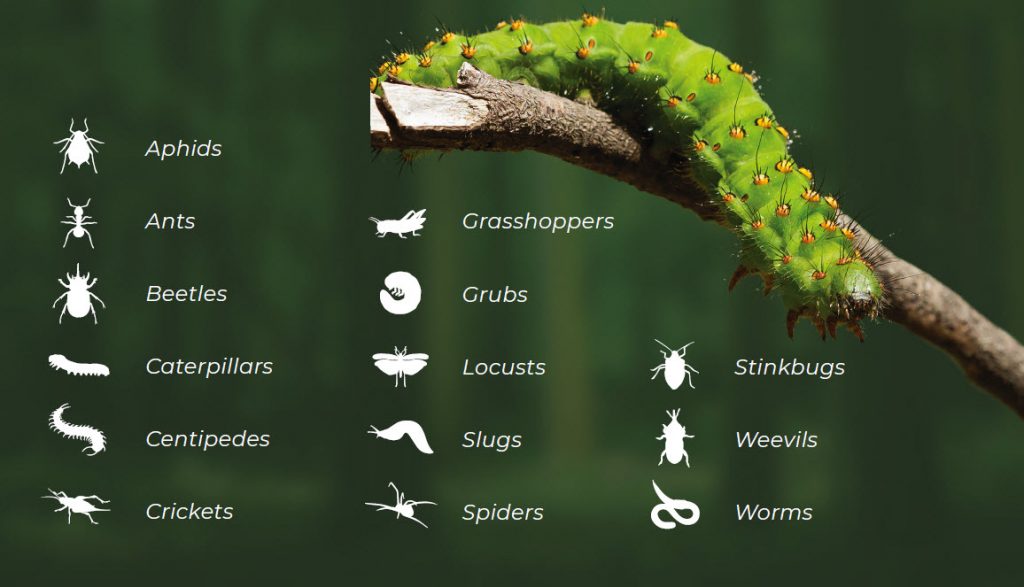Packin’ It On
It is amazing how fast a wild turkey poult grows. How do they do it, and in what kinds of habitat? How do you help?
It is amazing how fast a wild turkey poult grows from a 1.5-ounce, fuzzy featherweight not much bigger than a ping-pong ball to an adolescent bird approaching the size of its mother by early autumn.
How do they do it, and in what kinds of habitat? How do you help?
Protein, that building block of life, is the answer to the first question.
“Insects form the main diet in wild turkey poults’ early stages of life,” according to Travis Sumner, NWTF Hunting Heritage Center and habitat manager. “Insect life is critical at all stages of development for young wild turkeys, but especially during those first two weeks. The protein insects provide is essential for growth.”
Poults have a yolk sack that feeds them for the first couple days of life. During this time, the tiny birds follow their hen and mimic her behavior. By the third day or so, the tiny birds are picking up tiny insects with their pecking.
Young turkeys feed all day, but in the warmest hours they will loaf with their mother in the shade. As the birds grow, their prey increases in size.
What is on the menu?
“If it’s alive, poults will eat it,” laughs Sumner.
Most insects (see list) do just fin e. Snails, small lizards and salamanders, too. Even tiny snakes make the list. Greens and tender shoots start making their way into the food list gradually.
Starter List of Poults’ Live Forage

“At two to three weeks of age the young birds start nipping some greens,” Sumner said. “As summer goes on, seeds start showing up in the diet.”
That changeover is gradual, with insects and animal matter on the menu as long as possible. As fall progresses and fewer and fewer insects are available, young turkeys turn toward high-carbohydrate plant matter – acorns, seeds, nuts, grain forage – to help add fat to their now-big frames for the winter ahead.
While a newly hatched wild turkey poult weighs less than 2 ounces, depending on the habitat, a juvenile wild turkey hen in November might weigh 7 or 8 pounds. Young jakes can reach 10 to 12 pounds. Assuming a hatch in May or June, that’s five to six months of feeding, with the birds adding an amazing pound or two per month.
With a little effort, landowners and managers can help increase quality brood-rearing habitat. Open areas are key. Insects thrive in grassy, sunny areas — think meadows, fields, clearings or young food plots. Sumner recommends land management practices that encourage this kind of habitat on the mosaic. Some sort of land disturbance is good.
“You need to encourage open areas,” he said. “Tools include discing, mowing, burning, brushhogging — these activities encourage young vegetation and provide areas where even the smallest poults can maneuver and forage.”
Through summer, the cover grows with the turkeys. Well-managed pasture is another prime habitat type for broods. It’s open so mother can see danger coming. Gentle grazing practices maintain the right kind of disturbance. Insects thrive here. And what wild turkey doesn’t like to flip a cow pie and see what’s underneath? Bovines can be a wild turkey’s best friend.
This ability to rapidly grow helps young turkeys navigate those first few challenging weeks of life. Packing on the weight and building their bodies is essential to survival. You can help.
CONNECT WITH US
National Wild Turkey Federation
770 Augusta Road, Edgefield, SC 29824
(800) 843-6983
National Wild Turkey Federation. All rights reserved.
